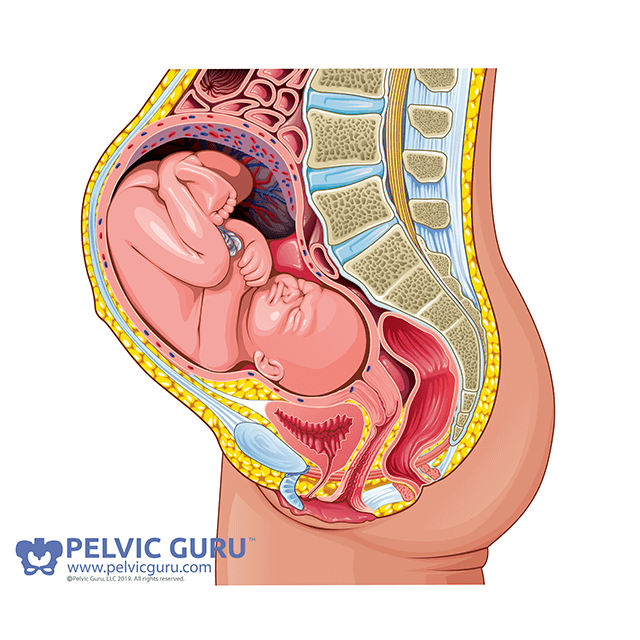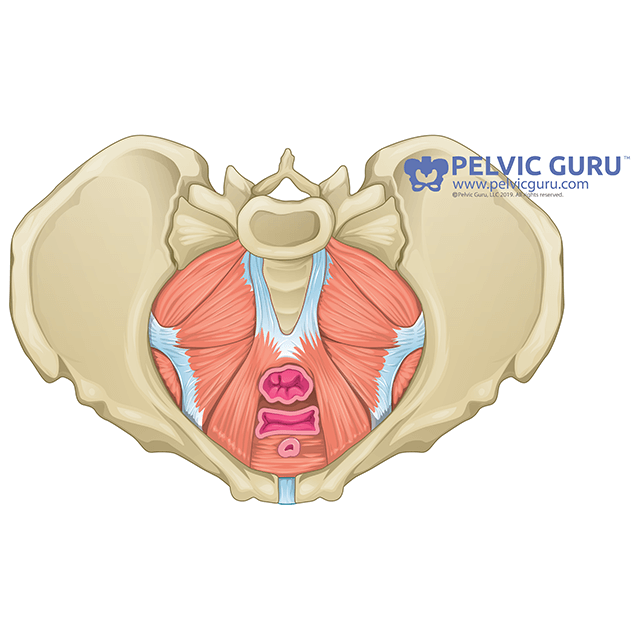Do I need pelvic floor physical therapy?
It is so frustrating to me that there are still people walking around every day that do not even know that pelvic floor physical therapy exists, or that it can help them. If you are one of these people it is not your fault! Every week I hear from people who ask, “do I need pelvic floor physical therapy?” “Can pelvic floor physical therapy help me”
We as a country are failing women. In France, every person gets pelvic floor physical therapy after every birth, and this has been standard practice for about 30 years. People need to know that every person should at least have a pelvic floor exam after every pregnancy. This should be part of standard postpartum care for everyone, and should be quickly and regularly recommended at every stage of life as soon as symptoms are present. The typical pelvic floor physical therapy conditions are incontinence, pelvic pain, pain with intercourse, or constipation. Did you know that pelvic floor physical therapy can also help with back pain, hip pain, and general weakness? Especially if you have recurrent episodes of pain.
Related to pregnancy and birth:
The pelvic floor muscles are stretched to their ultimate limit, and often beyond their limit, during birth. Tell me, what other muscles can be stretched to their limit, possibly torn and stitched back together, and will not need physical therapy? As they heal many people find it is hard to connect to the pelvic floor muscles to contract them effectively. Even more common is for people find that they cannot relax their pelvic floor muscles, the muscles are stuck in an overactive state. This should be expected when we think about the extreme nature of the experience of pregnancy and childbirth. After childbirth, sometimes people need help to reconnect with their pelvic floor. Your pelvic floor should function to manage pressure, support organs, stop urine and feces, and help you be and feel strong in every day life. Before any effort to reconnect with the pelvic floor muscles can be effective, a person should be assessed by a pelvic floor specialist to determine whether her muscles are weak or overactive. Intervention depends on the findings of that assessment.
It is not abnormal for the pelvic floor muscles to function poorly after birth, but there is no reason to accept this as permanent.
Permission to use copyright image from Pelvic Guru, LLC pelvicguru.com
Pelvic floor dysfunction
Some typical pelvic floor physical therapy symptoms are incontinence, pelvic pain, pain with intercourse, or constipation. These are symptoms that can be improved very effectively with pelvic floor physical therapy. Unfortuantely, these are symptoms that people often just accept because they think nothing can help. Even when people talk to physicians, they are often told that their symptoms are just because they had children, are going through menopause, or because they are genetically female. I hate this societal view. People should not have wet underpants, people should not have pain, and people should not just accept their body functioning at a suboptimal level. It is time to raise your expectations and get help.
Stop letting anyone including yourself tell you that you are not worth the time or effort. Get yourself help now and stop suffering.
Permission to use copyright image from Pelvic Guru, LLC pelvicguru.com
Recurrent back or hip pain
If you are experiencing recurrent hip or back pain then you might not be getting to the root cause. Pelvic floor dysfunction can radiate and cause symptoms of back or hip pain. Look at the picture above, do you see all those muscles connecting between the pelvis and femur (leg bone) and between the pelvis and back? There are even more muscles in the human body, this is just a portion to give you an idea. If assessment and treatment are limited in view to focus on the area of pain, then pain will continue or reoccur. If the pelvic floor is ignored, sometimes the pain will become constant and chronic, sometimes it will get better for a period of time and then reoccur, sometimes it will get better but then the person will experience a different pelvic floor symptom. Until we assess and address the root cause than the symptoms will not truly be resolved.
Make sure you get an assessment by an expert who looks at everything to be sure that you receive the right treatment for you.
Want to know if you should try pelvic floor physical therapy? Fill out the questionnaire!
Ready to start physical therapy?




